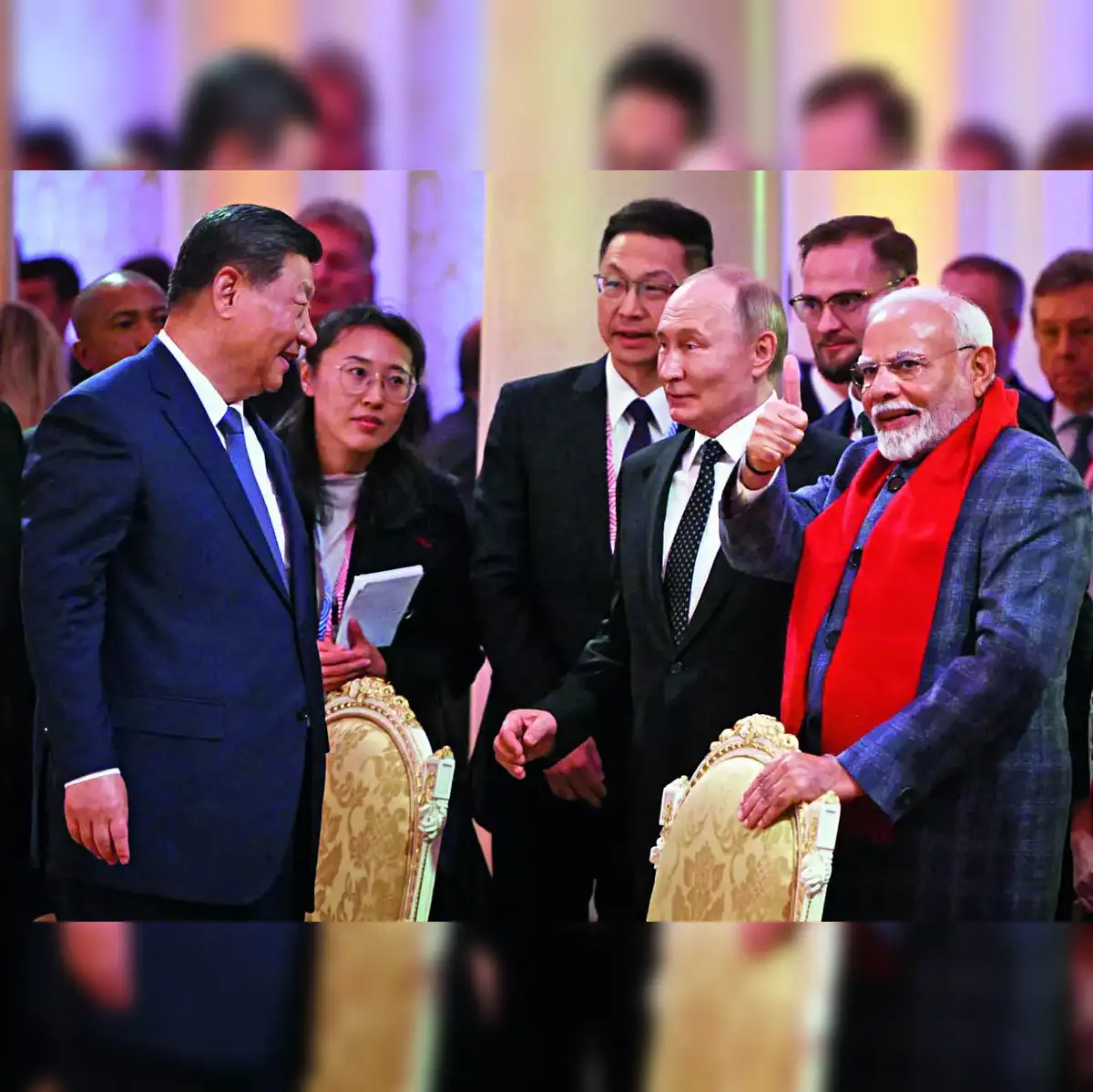

Empowered Elegance: Redefining Femininity in China's Fashion Scene
China's one-child generation women are stepping into the limelight, redefining femininity and transforming the luxury fashion landscape not just within their borders, but across the globe. As they shatter traditional gender norms and consumer expectations, these women are becoming the most coveted demographic for luxury brands, which are eager to tap into their influence and purchasing power.
A New Wave of Feminine Power
The streets of Shanghai are not just bustling with traffic; they are alive with the vibrant energy of independent, stylish women who are reshaping what it means to be feminine in the modern world. According to Jing Daily, these women, often referred to as "Professional Aunt, No Kids" or PANKs, are redefining traditional roles. Their influence is so significant that luxury brands like Valentino are taking notice.
Valentino's latest campaign, unveiled along Shanghai’s iconic Suzhou Creek for International Women’s Day 2025, exemplifies this shift. The Italian fashion house has woven the evolving female identity into its aesthetic journey, celebrating 'her power' in a country where women are increasingly seen as a force to be reckoned with. This campaign is part of a broader strategy to align with the values and aspirations of modern Chinese women, who are no longer content with being passive consumers.
The Rise of Shanghai as a Fashion Capital
As traditional fashion capitals like Paris and Milan lose some of their allure, Shanghai is emerging as a critical player in the global fashion scene. The city’s dynamic environment and innovative spirit make it a fertile ground for new trends and ideas. This shift is not only geographical but also cultural, as Chinese women embrace a blend of heritage and modernity in their style choices.
The rise of Shanghai as a fashion hub is fueled by the city's unique blend of cultural history and modern innovation. It's a place where ancient traditions meet cutting-edge technology, creating a vibrant fashion ecosystem. As Jing Daily highlights, smaller fashion weeks in rising capitals like Shanghai are gaining prominence, showcasing local designers and attracting global attention.
Luxury Brands and the Chinese Consumer
Luxury brands are acutely aware of the importance of the Chinese market. According to Jing Daily, the evolving preferences of Chinese consumers are driving changes in how luxury brands approach their marketing strategies. These women, empowered by education and economic independence, are looking for brands that align with their values and lifestyles.
The shift towards a more empowered and expressive form of femininity is evident in the types of campaigns that resonate with Chinese consumers. Brands are moving away from traditional portrayals of women in favor of narratives that emphasize strength, independence, and individuality.
The Impact of Cultural Campaigns
Valentino's campaign is just one example of how luxury brands are adapting to the changing landscape. By highlighting the strength and independence of Chinese women, these campaigns are not just about selling products—they're about creating a dialogue around modern femininity.
These campaigns are particularly effective because they tap into the aspirations of Chinese women who seek to define their own identities. As Jing Daily notes, the PANK demographic is characterized by a desire for self-expression and empowerment, values that align closely with the messaging of these campaigns.
The Future of Femininity in Fashion
As Chinese women continue to redefine femininity, the implications for the global fashion industry are profound. This demographic is not only influencing the designs and campaigns of luxury brands but also setting new standards for what it means to be a modern woman.
The future of fashion lies in the hands of these empowered consumers. Their influence is already being felt in design houses from Milan to New York, prompting a reevaluation of how femininity is portrayed and celebrated in the fashion world. The rise of these women marks a new chapter in the industry, one that emphasizes empowerment, self-expression, and individuality.
As the global fashion landscape continues to evolve, these women will undoubtedly play a crucial role in shaping its future. Their impact extends beyond fashion, influencing broader cultural and societal norms.
In conclusion, the rise of independent, stylish women in China is a testament to the power of self-expression and empowerment. As they redefine femininity, they are not only transforming the luxury fashion landscape but also setting a new standard for what it means to be a woman in the modern world.